Most Windows 11 or Windows 10 computers are configured to boot from their C or System drive. However, if your system is connected to a second hard drive and you find it will not boot under these circumstances, this post will help you.
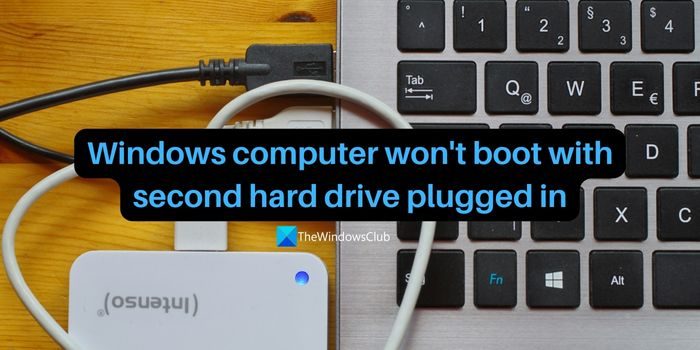
Computer won’t boot with second hard drive plugged in
If your Windows 11/10 computer won’t boot with a second hard drive plugged in, then first make sure the drive is working properly and there are no issues with it. Having done that, try these suggestions:
- Check connections physically
- Change Boot Sequence
- Delete boot.ini files
- Update HDD Drivers
- Run Hardware and Devices Troubleshooter
- Run Startup Repair
Let’s proceed further.
1] Check connections physically
It’s quite possible that you left a loosened cable while installing the new drive. To check this, shut down your PC, unplug the power, and open the case. Make sure that there are no loose cables. A hard drive mainly has 2 cables:
- SATA
- Power
If either of them is not connected well or loose, the BIOS won’t recognize the drive, and the computer won’t be able to use it for booting.
2] Change Boot Sequence
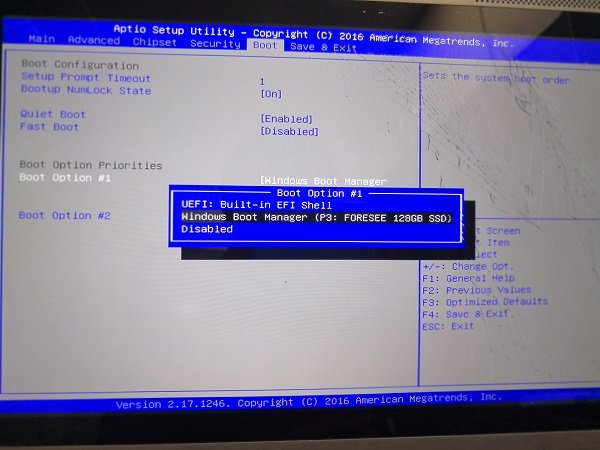
Boot into the BIOS and check the boot order. If USB is ranked higher in the boot sequence, it can cause this problem. You’ll experience a similar issue when you’ll try to connect other USB hard drive to your PC. So, make sure to move USB-HDD or USB below the original Hard drive. Thereafter, reboot and check if the issue is resolved.
3] Delete boot.ini files
Try connecting your external hard drive to another system, open File Explorer and see if you can find any hidden files stored in the root directory. For example, if you see a boot.ini file, Windows will recognize your USB as a boot device. Delete this file.
It’s been observed that when you copy files between computers or other devices, some hidden system files could get copied to the external drive, resulting in an error.
4] Update HDD Drivers
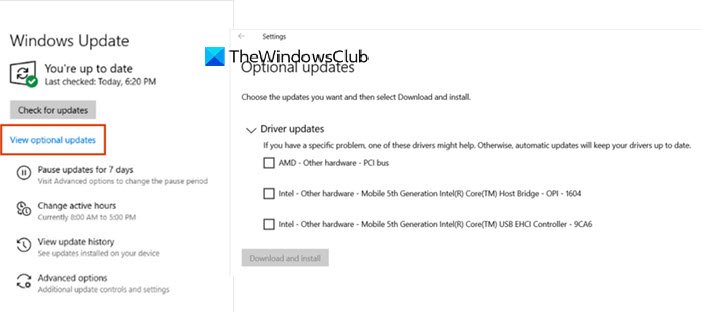
Update your device drivers to the latest versions available. You may download the drivers directly from the manufacturer’s website.
5] Run Hardware and Devices Troubleshooter
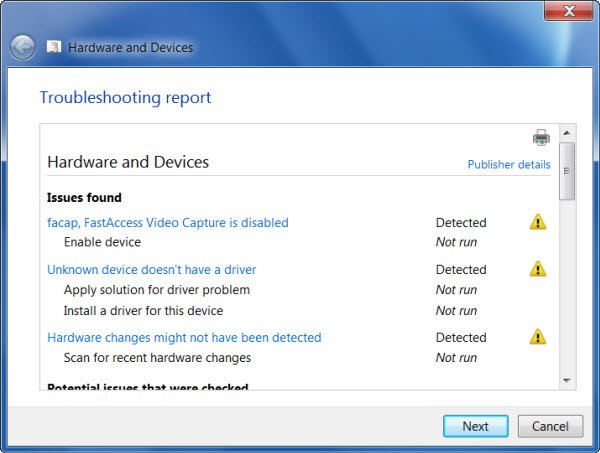
Connect the hard drive to another Windows 11/10 computer and run Hardware and Devices Troubleshooter and see. It will automatically check for and fix problems if any.
5] Run Startup Repair
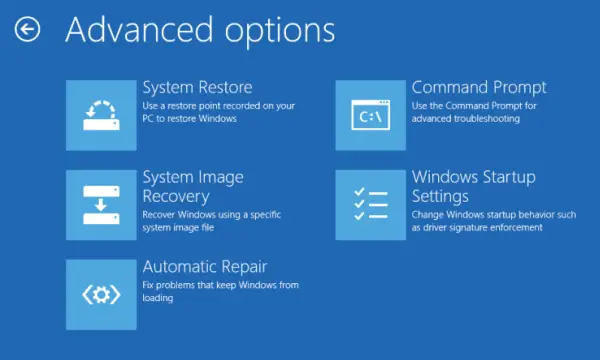
If your Windows fails to load or if it starts up, but crashes, try running Automatic Repair. It fixes most of the Windows 11/10 boot problems.
Post that may help you if your computer does not boot:
- Windows PC will not boot up or start
- Windows computer unable to boot to BIOS
- Windows does not boot after compressing System Drive
- Computer boots to black or blank screen with a blinking cursor
- Windows computer won’t boot after System Restore.
All the best!
Why won’t Windows boot after adding a second hard drive?
If you have connected a second hard drive to your Windows PC and want to boot from it, you need it update the boot order in the BIOS settings. If you have updated the boot order in the BIOS settings and are still facing issues, there might be an issue with the drive. The solutions mentioned above will fix the issue.
Related read: How to Dual Boot on separate Hard Drives in Windows.
Leave a Reply